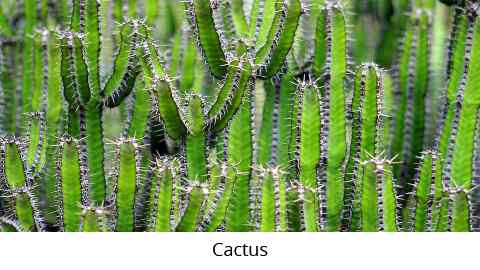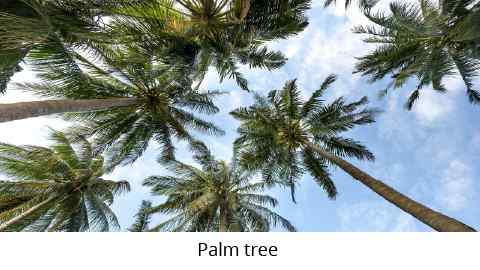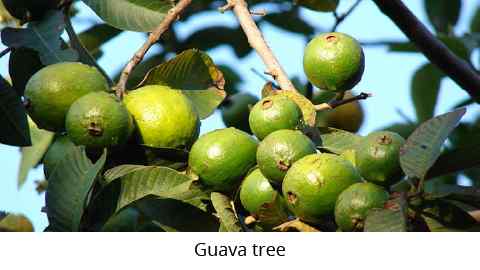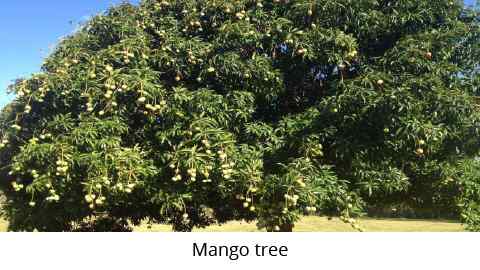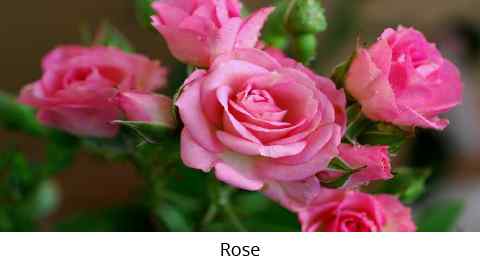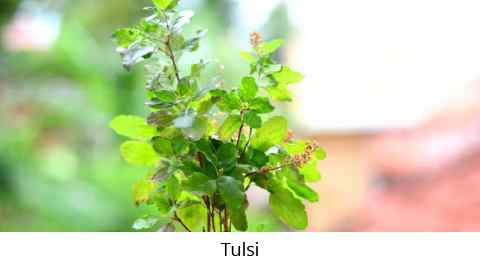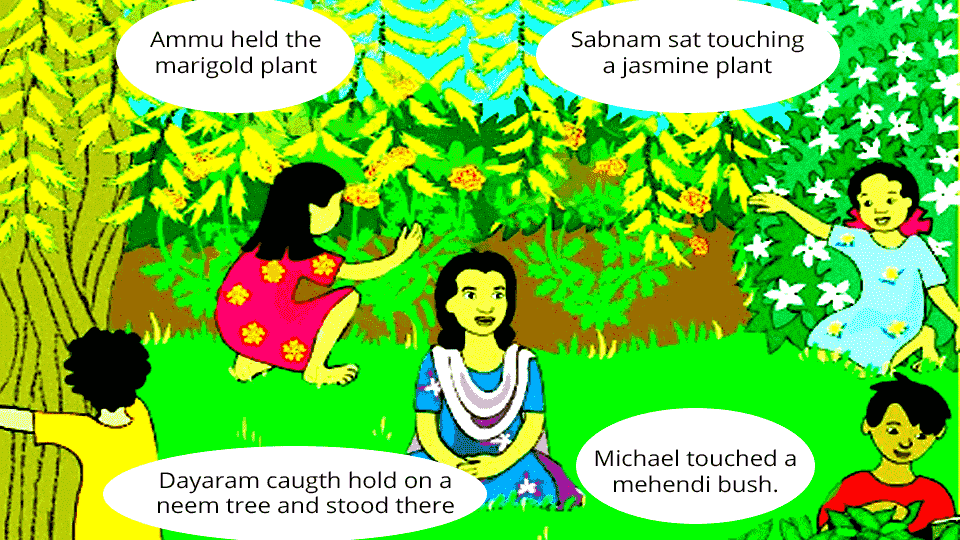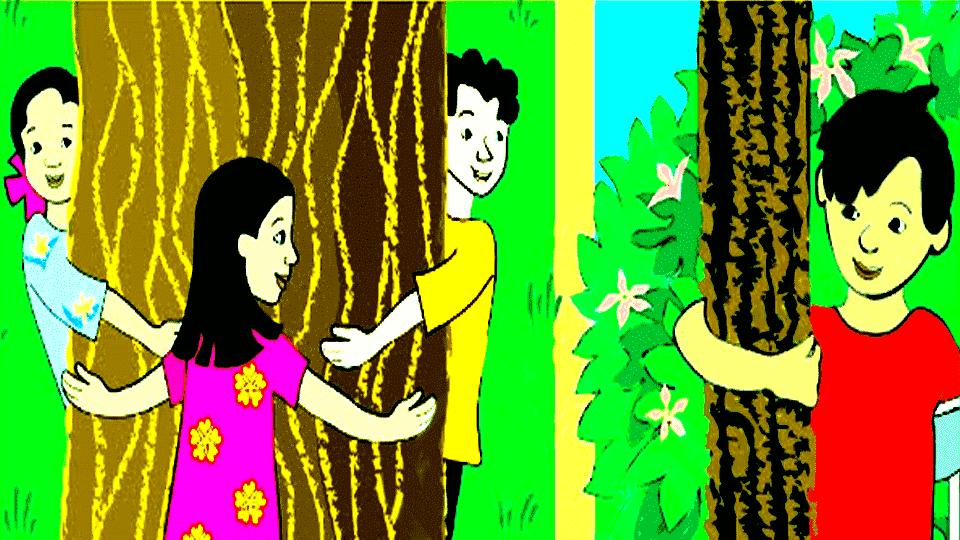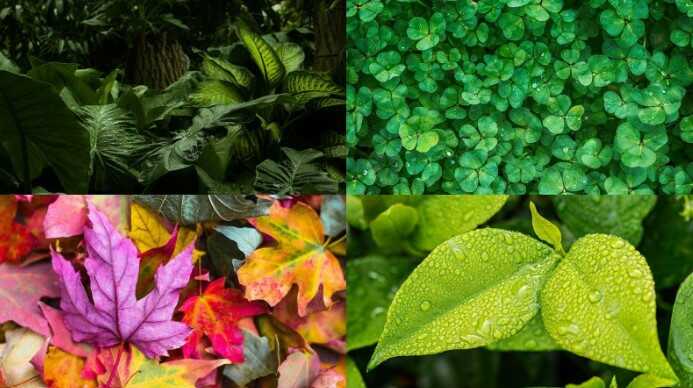EVS Notes for Chapter 2 The Plant Fairy Class 3 - FREE PDF Download
FAQs on The Plant Fairy Class 3 EVS Chapter 2 CBSE Notes - 2025-26
1. What is a quick summary of the Class 3 EVS chapter, 'The Plant Fairy'?
This chapter introduces children to the diversity of plants through a fun game. The story follows children playing 'The Plant Fairy', where they are asked to touch different types of plants based on their features, like thick or thin trunks. A key concept for revision is to understand that this game helps students observe and appreciate the variety in the plant world, including trees, shrubs, herbs, and creepers.
2. How can the revision notes for 'The Plant Fairy' help in understanding different plant types?
These revision notes help categorise plants for a quick recap. For effective revision, focus on the main types discussed:
- Trees: Big plants with thick, strong, woody stems called trunks (e.g., Mango, Neem).
- Shrubs: Plants smaller than trees with multiple woody stems (e.g., Lemon, Rose).
- Herbs: Very small plants with soft, green stems (e.g., Mint, Spinach).
3. How is the game 'The Plant Fairy' played, as described in the chapter?
In the game, one person becomes the 'Plant Fairy' and gives commands. For example, the fairy might say, “Touch a plant with a thorny stem” or “Touch a plant with a thin trunk.” The other children must then run and touch a plant that matches the description. This game is a central part of the chapter's concept of learning through play.
4. What is the main concept to remember about plant leaves from this chapter?
The key concept to revise is that leaves show great diversity. They are not all the same. The chapter encourages observing their different shapes (round, long, triangular), sizes, colours (shades of green, yellow, red), and margins (edges). Recalling this helps understand that variation is a major feature of the plant kingdom.
5. Why does Didi advise the children not to pluck leaves and flowers in the story?
Didi's advice highlights a core theme for revision: respect for nature. Plants are living beings, and plucking their parts can harm them. The main takeaway is that we should observe and appreciate the beauty of plants without causing them damage, ensuring they continue to live and grow.
6. What is the purpose of the leaf-rubbing activity mentioned in the chapter?
The leaf-rubbing activity serves as a practical way to understand texture and patterns. By placing a leaf under paper and rubbing a crayon over it, children can see the leaf's unique vein structure and texture. This hands-on concept reinforces the idea that every plant part has distinct features that can be observed closely.
















